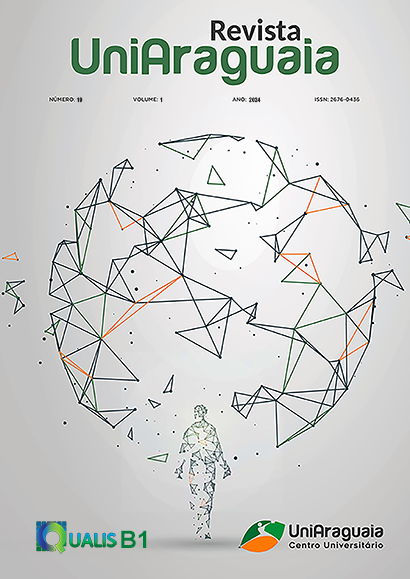ESTUDO DA SEGURANÇA EM ESTACAS HÉLICE CONTÍNUA ATRAVÉS DA TEORIA DA CONFIABILIDADE NA REGIÃO DE OSASCO-SP
Abstract
In geotechnical engineering, the design of foundation elements uses semi-empirical methods, which provide security in their design through coefficients that increase and decrease values in order to obtain confidence in the project. These methods use results provided by subsoil investigation tests, involving a series of uncertainties during the characterisation of the soil mass, thus generating variability in resistance values, which can lead to the risk of structures collapsing. The concept of reliability and safety through probabilistic analyses has been used in foundation engineering, enabling a higher level of safety and risk control in project design. This article presents the structural reliability and safety criteria, as well as the probability of failure, for verifying the load capacity of continuous auger piles, using the semi-empirical methods of Aoki-Velloso (1975), Décourt-Quaresma (1978) and Antunes and Cabral (1996). Through statistical analyses and the construction of curves of the resistance probability density functions, it was found that the Antunes and Cabral (1996) method has the lowest variation in the estimated values for the pile load capacity in both models, with a higher reliability index and lower probability of failure.
Downloads
Published
Issue
Section
License

This work is licensed under a Creative Commons Attribution 4.0 International License.
The copyright of the published articles will be transferred to the Uniaaraguaia Magazine, allowing its subsequent reproduction as transcription and with due citation of source. In the event of acceptance and before the publication of the article, the plaintiff (s) shall write a statement formally transferring copyright to the magazine.
The author may also print and distribute copies of his article, provided that he mentions that the rights belong to the Uniaaraguaia Magazine.
Author rights include the right to reproduce in full or partly by any means, distribute this article, including figures and photographs.
By submitting originals to the Uniaaraguaia magazine, the author or authors express agreement with the following terms:
a) Authors maintain copyright and grant Uniaraguaia magazine the right of first publication, with the work simultaneously licensed under the Creative Commons Attribution license that allows the sharing of work with recognition of the authorship and initial publication in this magazine.
b) Authors are authorized to assume additional contracts separately, for non-expiration distribution of the work version published in this magazine (eg publish in institutional repository or as book chapter), with recognition of authorship and initial publication in this journal.
c) Authors are allowed and are encouraged to publish and distribute their work online (eg in institutional repositories or on their personal page) to any point before or during the editorial process, as this can generate productive changes as well as increase the impact and citation of published work.

